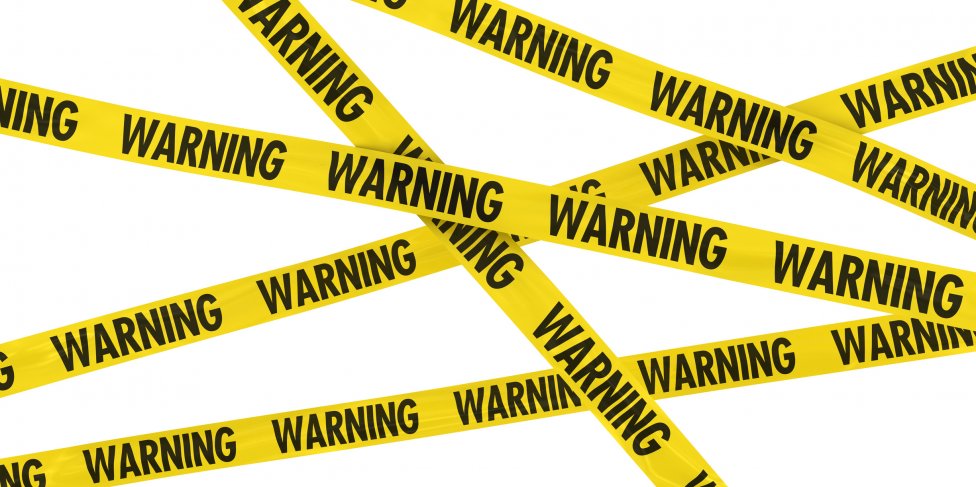The National Construction Code (NCC) provides the minimum requirements for health, safety, amenity and sustainability in the design and construction of new and existing buildings. However, many developers confuse these minimum standards for best practice and forget to account for risks above and beyond those covered by the NCC.
Safe design is defined by Safe Work Australia as ‘integrating hazard and risk assessment methods early in the design process, to eliminate or minimise risks of injury throughout the life of a product’. This applies to buildings and structures, as well as equipment and materials.
The key point is ‘throughout the lifecycle’. Safety must go beyond using compliant and conforming building products and managing Work Health and Safety during construction, to assessing the hazards and risks that are unique to the project and specific to the patrons who will use the building.
For example, the Building Code of Australia (BCA) within the NCC outlines standards required for class 9b buildings, which includes educational facilities. But development of the 17-storey Arthur Phillip High School in Parramatta—one of the first vertical schools in NSW—must also consider the age and natural behaviour of patrons in the design.
Safe design is not only important for public health and safety, but can help you avoid significant costs associated with retrofitting, workers’ compensation, insurance levies, environmental clean-up and negligence claims down the track. It can also improve the performance, usability and cost-effectiveness of the building.
Safety above and beyond the BCA needs to occur during the design phase, when architects are making decisions about the building and its intended purpose. The further along the project has progressed, the less likely it is that can you influence safety outcomes. Architects not only need to comply with BCA standards, but also consider real-life safety implications of their design decisions.
The BCA can only go so far in telling developers what they need to do to make their building safe for patrons. Beyond that, it is up to decision makers on the project to ensure that the design, construction and products are fit for purpose and meet the health and safety needs of patrons throughout the lifecycle of the building.
Going beyond the BCA will not affect your building certification—as long as you meet the minimum standards you will be certified. However, it will reduce your risk and allow you to deliver a project that meets the unique needs of your patrons. For more information, visit Safe Work Australia or talk to one of our Accredited Building Certifiers.

